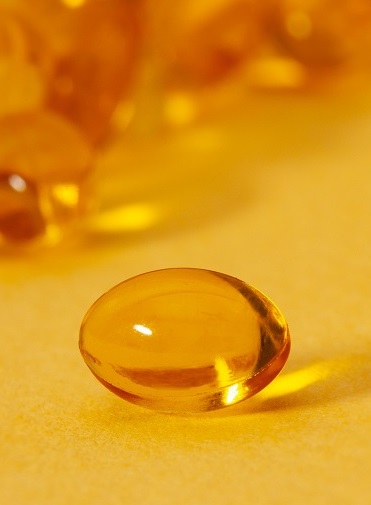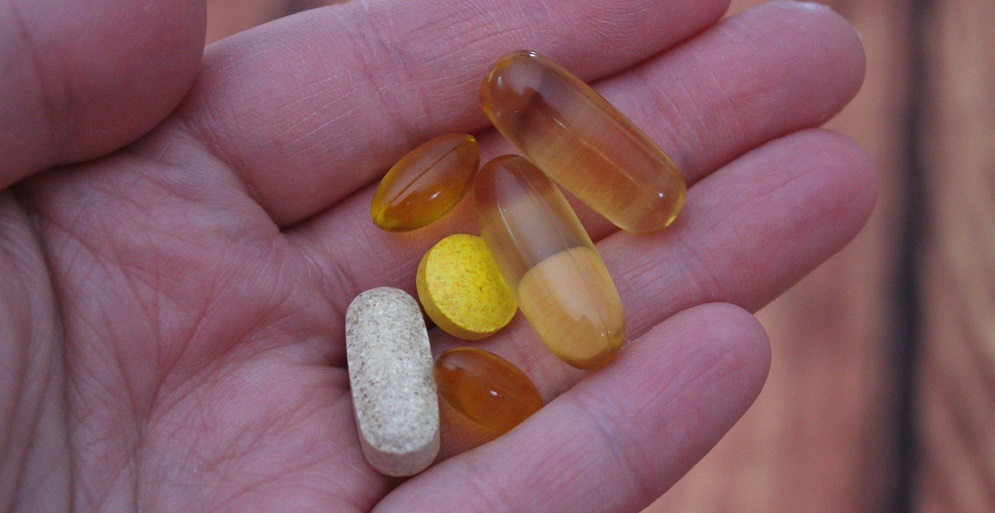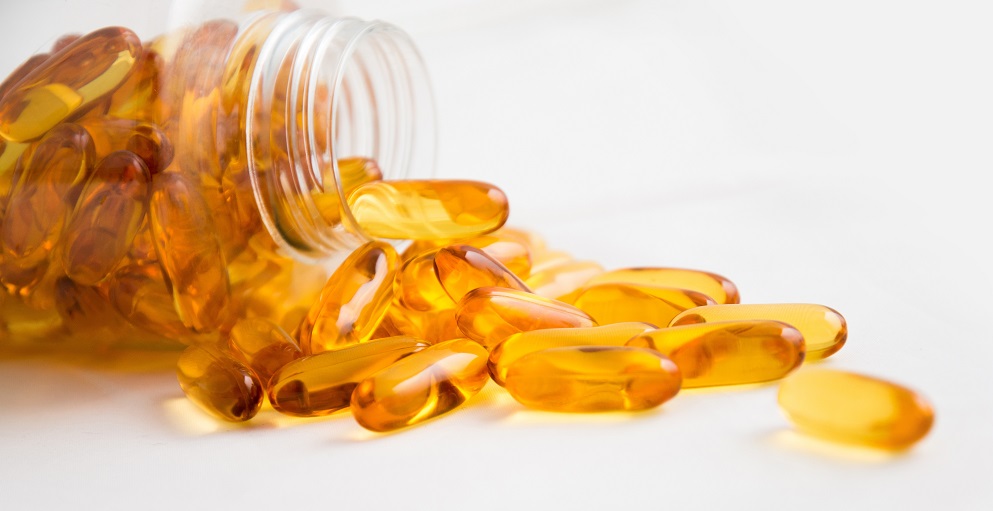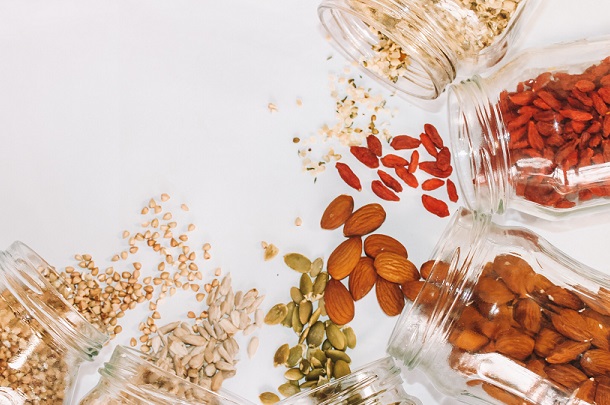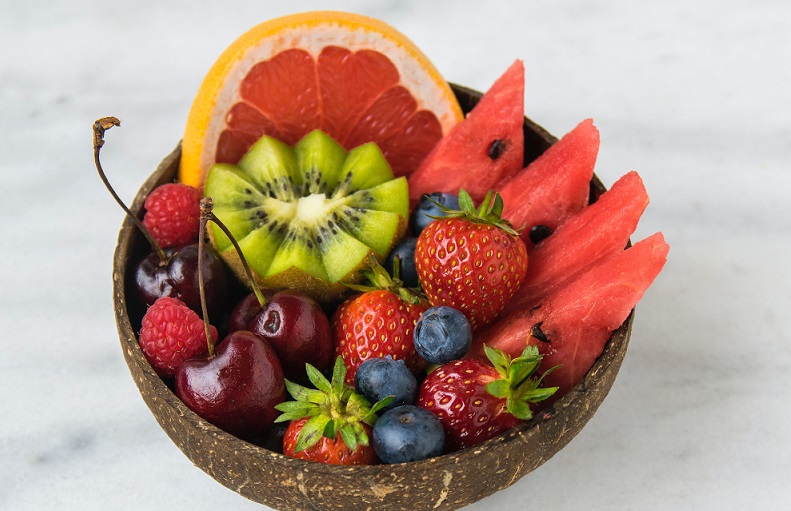Have you been pumping iron? I’m not talking about lifting weights or working on rock-hard abs, though those are great goals, too. Iron is an essential mineral for health, making sure cells receive plenty of oxygen.
So, has your heart has been pumping enough iron lately? These seven warning signs may mean that your body is running low.
1. Feeling Out of Breath
Do simple activities like walking up a flight of stairs leave you gasping for breath? I know what you’re thinking – “Yes, I’m probably out of shape.” Actually, that may not be the reason at all. Running out of breath constantly can actually be a sign you’re not getting enough iron.
Your body uses iron to make hemoglobin, and hemoglobin is essential for producing red blood cells. In turn, red blood cells carry oxygen from your lungs to every muscle in the body.
If you don’t have enough iron, this cycle falls apart. Your lungs have to work much harder, which is why going for a short walk leaves you gasping for breath.
2. Feeling Tired or Sleepy All the Time
It’s normal to feel tired after a long day at the office, but people who are low in iron feel tired all day long. I’ve had this happen to me before; just getting out of my desk chair to refill my coffee cup feels like a monumental achievement. Sure enough, when I start taking an iron supplement, the tiredness goes away.
This all has to do with oxygen. Your body needs oxygen as fuel for everything. So, when levels drop because of anemia (iron deficiency), the effect is like a car running out of gas. The engine just sputters.[insert page='Offer' display='content']
3. Waking Up With Zero Energy
The lower your iron levels are, the more you notice a drop in energy. In fact, you may wake up feeling exhausted even before you get out bed. Your arms and legs feel like they weigh a ton. You have to push yourself to do the smallest tasks. And, to top it off, you probably feel irritable or depressed, too. All of these things can be caused by anemia.
4. Getting Frequent Headaches
Women notice this symptom more than men. Low iron levels can cause sore or swollen blood vessels, which triggers recurring headaches in some people. Having a headache every once in a while is normal, but if you’re suddenly getting them a lot, try upping your iron intake to see if it helps.
5. Feeling Dizzy Many Times in the Day
Have you been feeling strangely dizzy or lightheaded? There are many causes of dizziness, including side effects from medicine, but if it happens a lot, anemia is a likely culprit. When you don’t have enough hemoglobin, your brain doesn’t get sufficient oxygen, which can cause you to feel lightheaded.
6. Seeing Pale Skin in the Mirror
This is a surprisingly effective way to check for iron deficiency. Iron and hemoglobin are what give blood a deep red color. Normally, the inside of your eyelids, your gums and your lips should be bright red. When you’re low in iron, these areas may look pale instead of healthy.
7. Losing Your Beautiful Hair and Nails
When hair follicles aren’t getting enough oxygen, the strands become dry and fragile. Hair looks dull instead of vibrant. The same thing happens to fingernails; your prized nails may break easily. Fortunately, increasing your iron intake can help with both of these problems.
Tips for Getting More Iron
Obviously, the easiest way to boost your iron levels if you're low is to take a supplement. You can also add nutritious foods to your diet every week. Oysters, beef, chicken, turkey, tuna and salmon are rich sources. If you prefer vegan options, focus on spinach, lentils, beans and pumpkin seeds.









